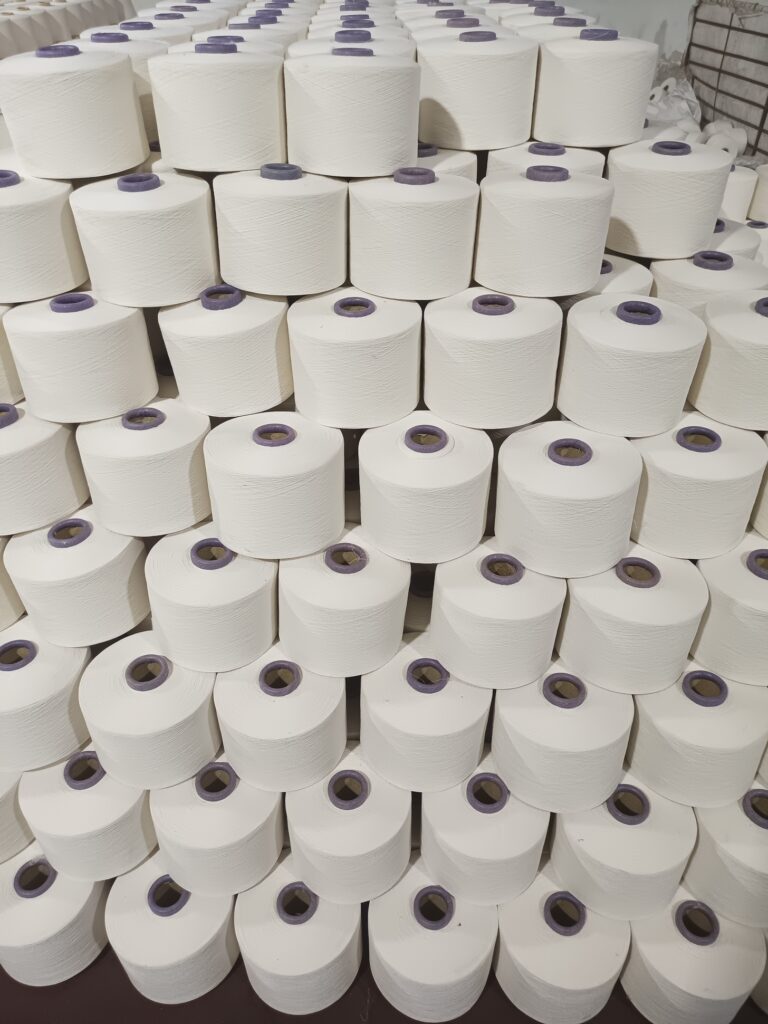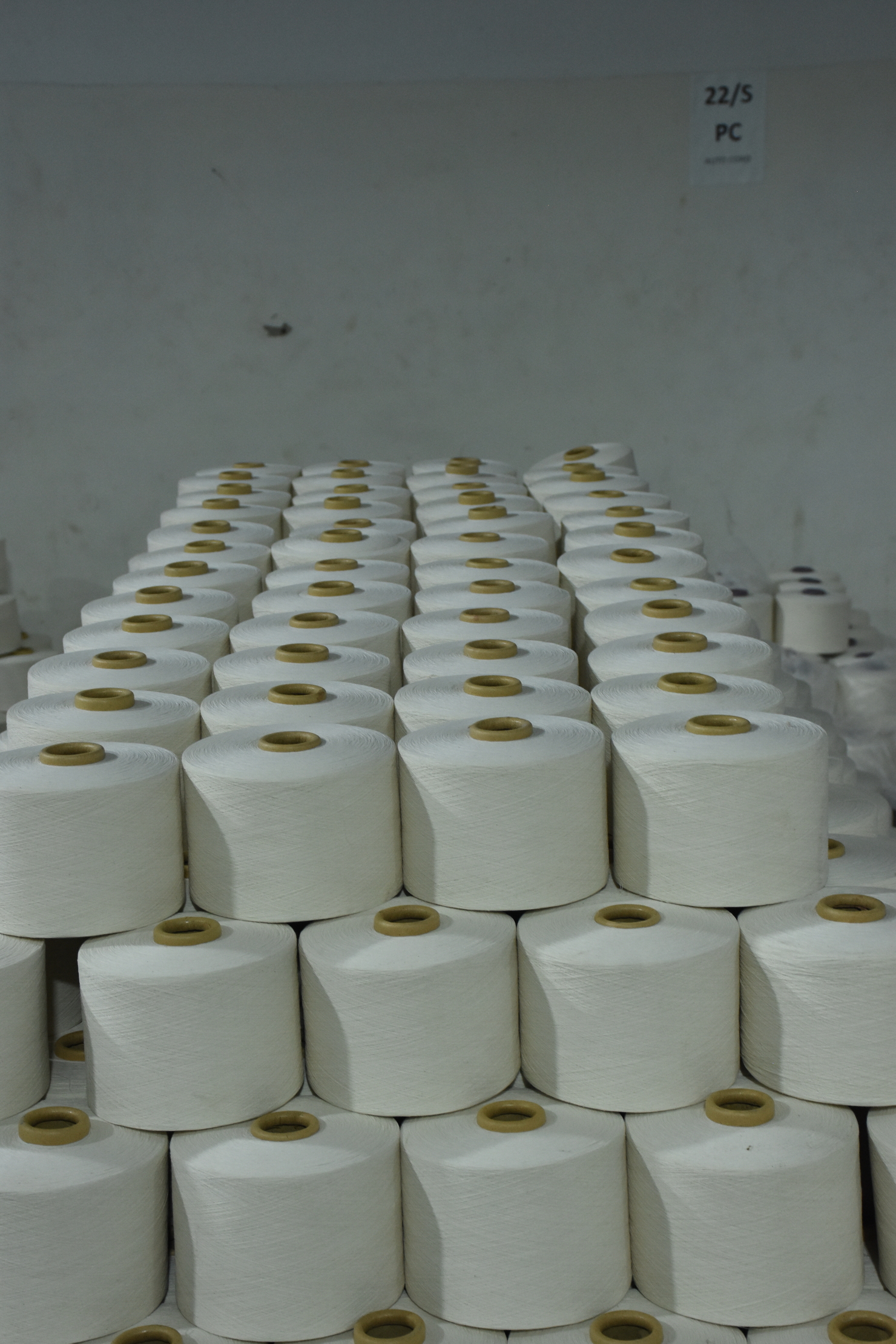
Varius sit amet mattis vulputate enim nulla. Viverra maecenas accumsan lacus vel facilisis. Convallis tellus id interdum velit.

Textile fabrics usually have the attributes of being soft and pliable with the capability of being molded or draped over non-flat surfaces. The ‘hand’ of a fabric (which describes its tactile characteristics) is very important in determining its acceptability for many applications. For example, to obtain the desirable characteristics required of apparel, the fabric must be made from fine yarns; also there must be some degree of freedom for them to move within the fabric structure. The sensation obtained when there is contact between human skin and fabric is determined to some extent by the stiffness of the hairs or fiber loops projecting from the surface of the fabric. The finer these outstanding hairs or fibers, the softer the fabric feels to the light touch. For this reason, too, many fabrics are made from fine filaments or fibers.
Let a filament be defined as a continuous fine strand whose length is so very long that it can be considered infinitely long. Staple fibers, examples of which are cotton and wool, exist in relatively short fiber lengths. We will refer to ‘continuous filaments’ and ‘staple fibers’ to help differentiate between filaments and fibers. Most natural fibers are stapled fibers although silk is an exception. (Silk is sometimes chopped to make staple fibers.) Man-made fibers can be used as a staple or continuous filament. The very fine fibers used in textile fabrics make it necessary to use special units to express the idea of fineness or ‘diameter’. Unfortunately, the many sectors of industry have each invented their own systems over the years. Appendix 1 gives some of the measuring systems used.